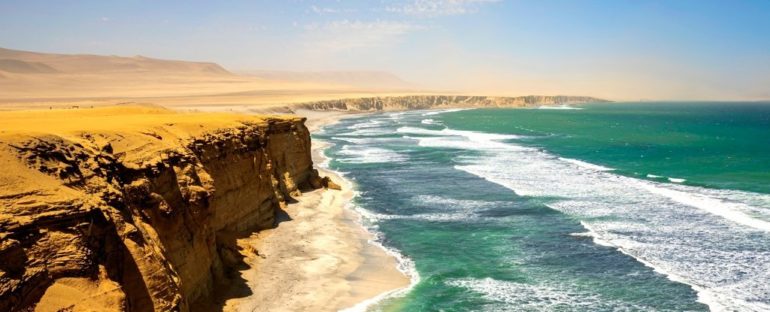The extent of Australasian influence into the ancient bloodlines of early South American cultures looks to be even greater than scientists thought, according to new research.
In 2015, a pair of scientific studies identified an intriguing link: evidence of Indigenous Australian, Melanesian, and South Asian genetics embedded in modern Native American populations living in the Amazon.
How this mysterious connection was forged between peoples living a globe apart has never been fully understood or agreed upon, although it’s thought Australasian genes flowed into the Americas via an epic, land-based migration through Eurasia roughly 20,000 years ago, back when the ancient, now submerged landmass of Beringia still served as a convenient bridge to Alaska.
By about 15,000 years ago, some of the trekkers had made it as far as South America, where the Australasian genes can still be found in the blood of Indigenous Amazonian groups today.
But not all those on the journey necessarily settled in the rainforest. A new study suggests the Australasian contribution to the Native American gene pool of South America was broader in scope than we realized.
One of the previously identified hallmarks of the Australasian influence in South America is what’s known as the ‘Ypikuéra population’ signal (Y signal) – a genetic variant so far only seen in present-day Amazonian populations.
Now, however, this signal has been seen outside the Amazon for the first time, with a genomic analysis comprising 383 individuals from a number of indigenous groups in South America revealing that the Y signal not only exists in Amazonian groups – but also in the indigenous peoples of Chotuna (living near the Pacific coast of Peru), Guaraní Kaiowá (central west Brazil), and Xavánte (close to the center of Brazil).
“Our results showed that the Australasian genetic signal, previously described as exclusive to Amazonian groups, was also identified in the Pacific coastal population, pointing to a more widespread signal distribution within South America, and possibly implicating an ancient contact between Pacific and Amazonian dwellers,” the researchers, led by first author and evolutionary biologist Marcos Araújo Castro e Silva from the University of São Paulo (USP) in Brazil, explain in their study.
In addition to suggesting that the Australasian genetic signature spread within Native American populations from the coast to the center of South America, the new findings indicate that at least two migratory waves likely occurred, with one branch of people with the Y variation settling in the Pacific coastal regions, before another group with the same Australasian ancestry later migrated eastwards, inhabiting the Amazon and central Brazil.
As for how the Y signal hasn’t been picked up northwards of South America – even though these ancient migrants must once have passed through that territory – it’s possible that by sticking to the Pacific coastal route, the migrants’ bloodlines, and the Australasian genetic component it carried, may not have thoroughly mixed in with the contemporaneous populations of North and Central America.
Another possibility, as senior author and USP evolutionary geneticist Tábita Hünemeier told Science, is that those carrying the Y variant in North and Central America may simply not have survived the violent transitions of European colonization.
It may also be that the Y signal just hasn’t been searched for widely enough in more northerly located populations. As these ongoing discoveries show, it may be just a matter of time and further testing before more of these ancient, surprising connections become known.
The findings are reported in PNAS.



